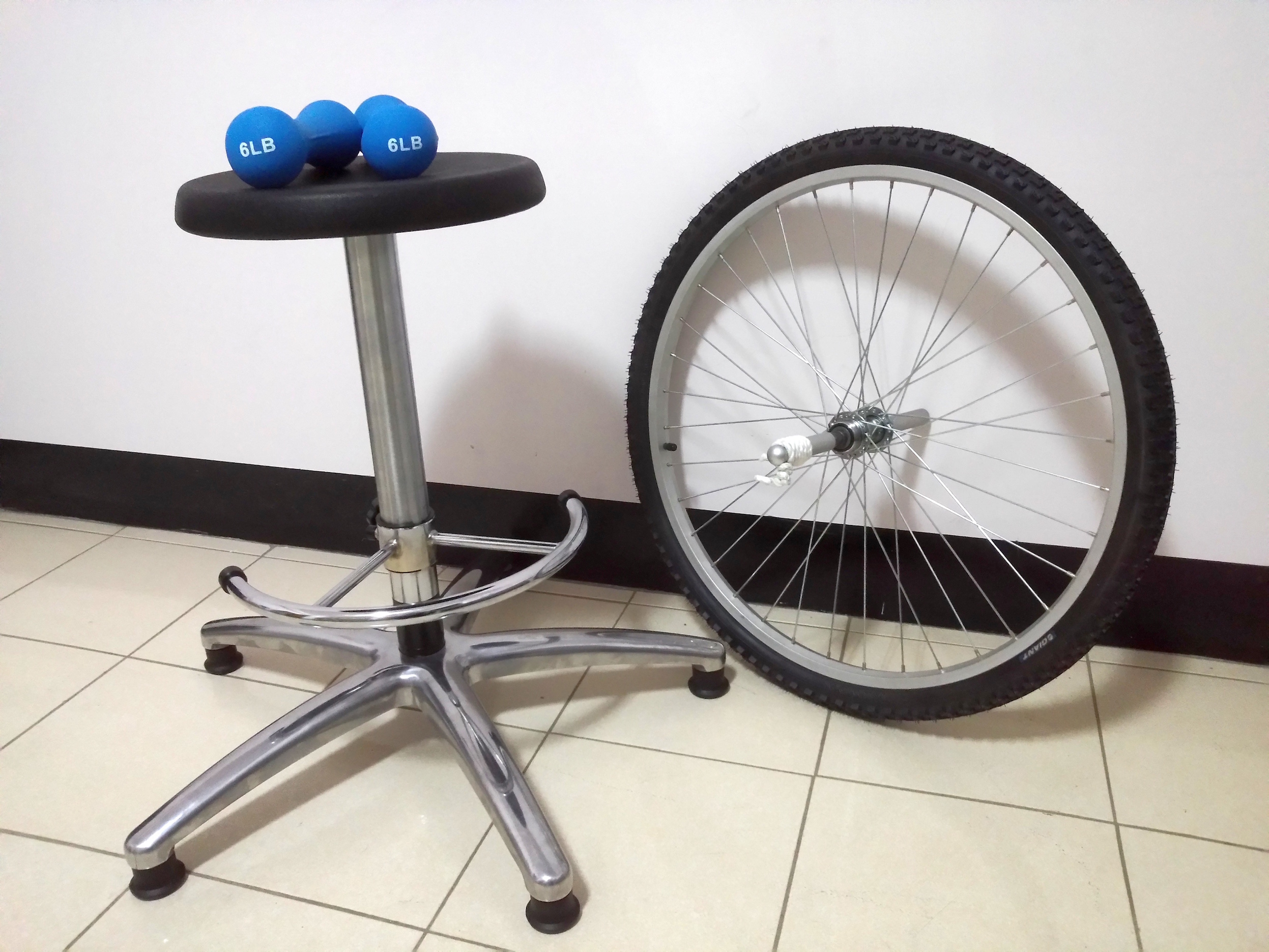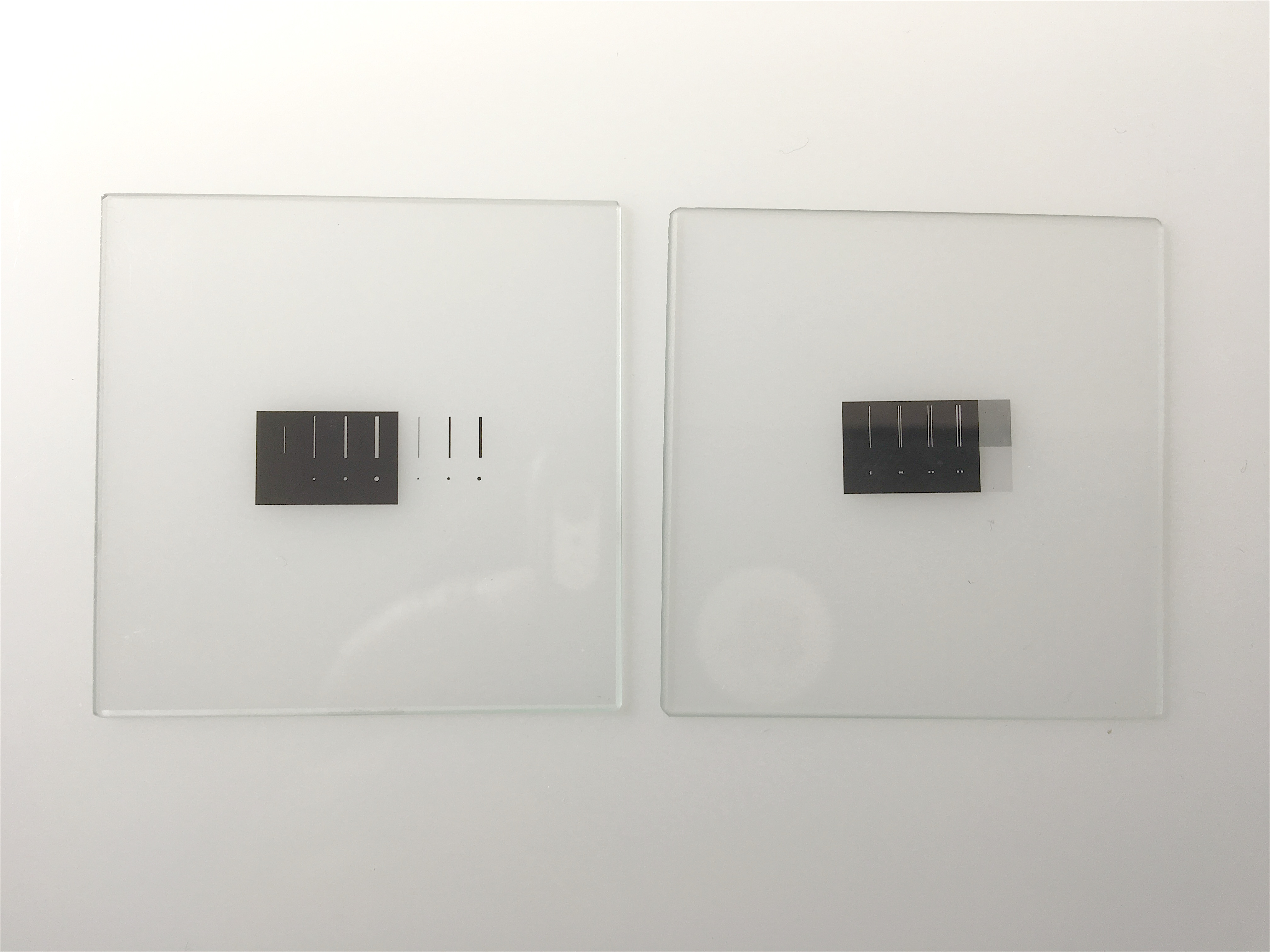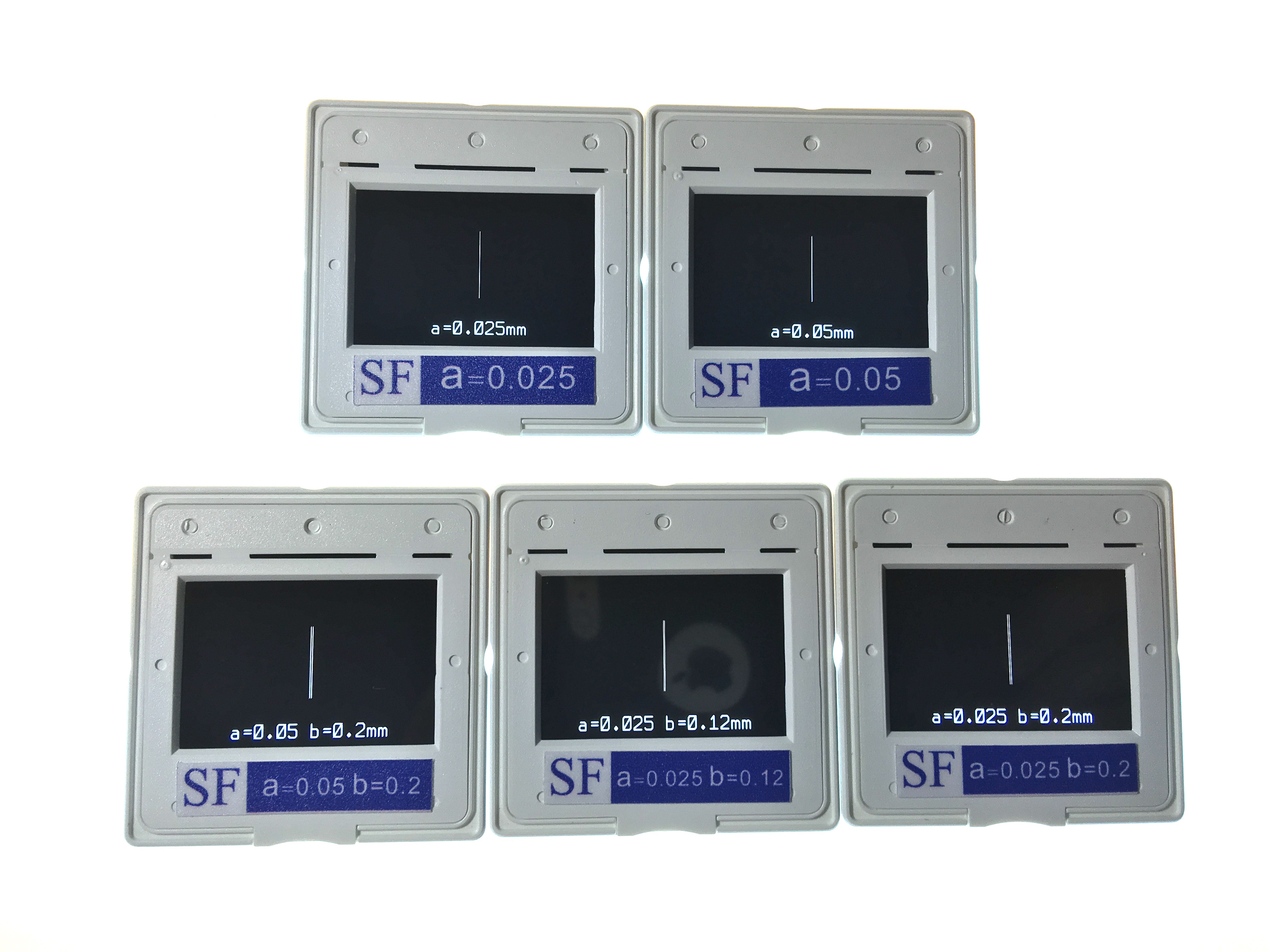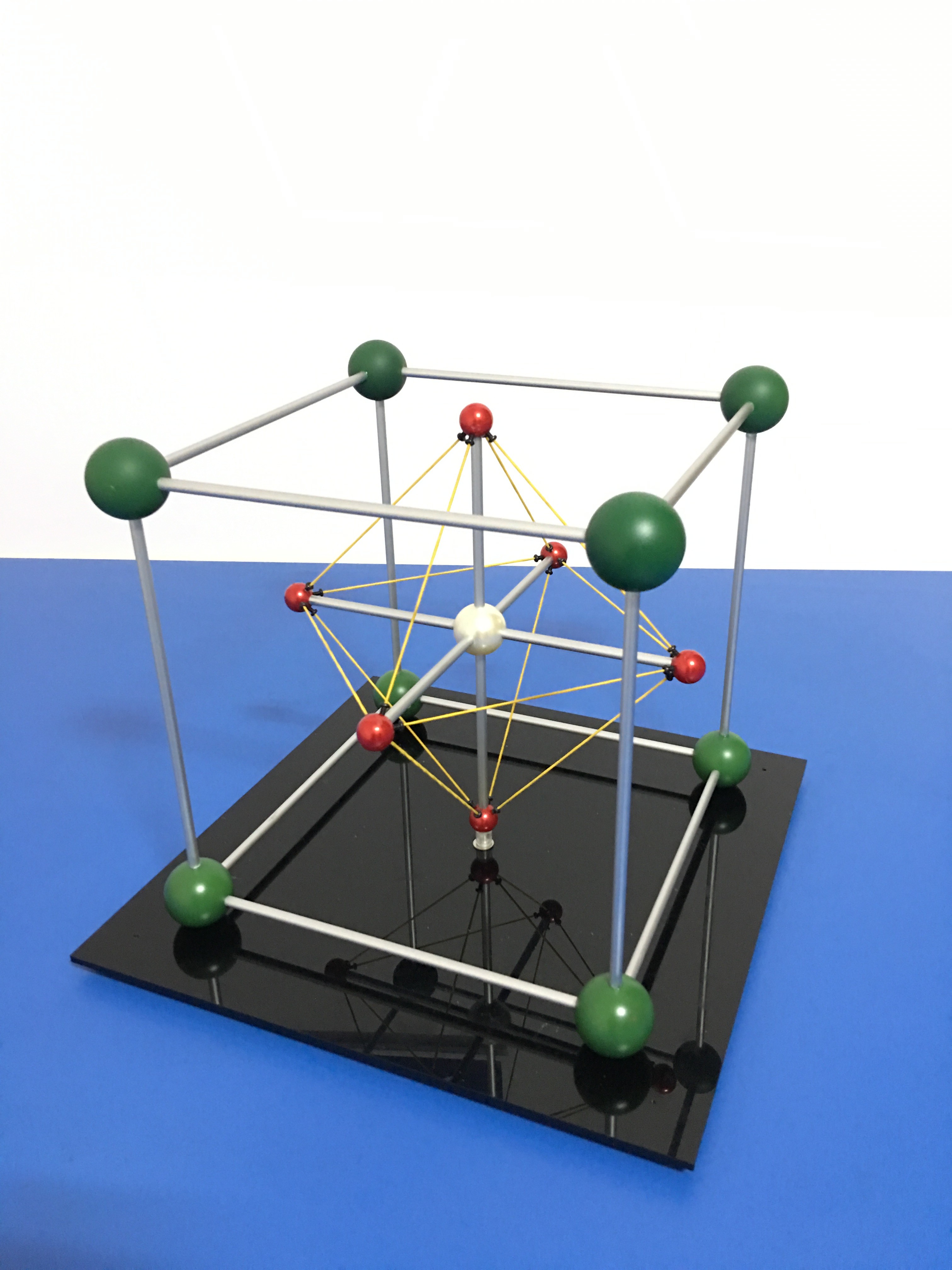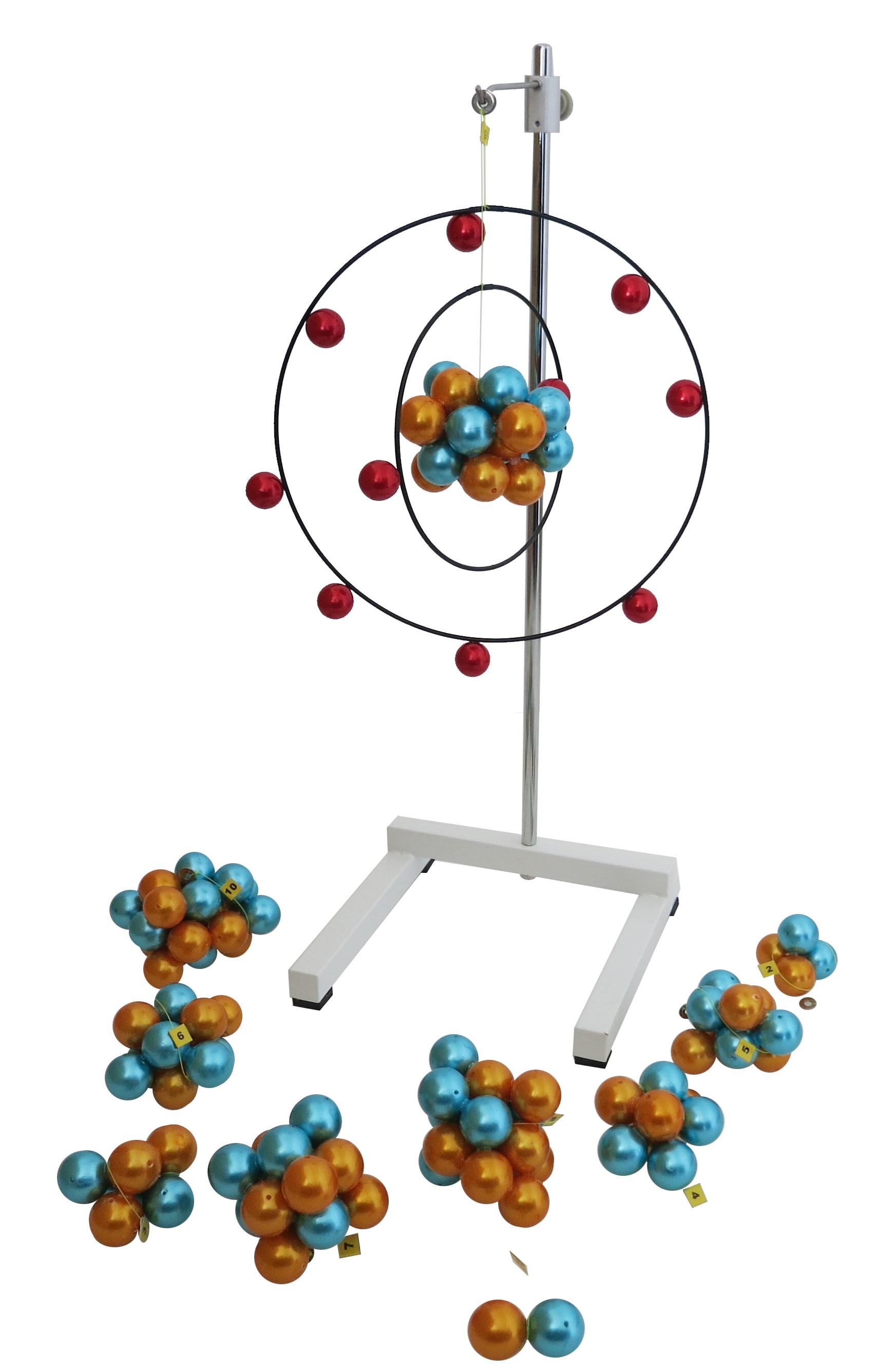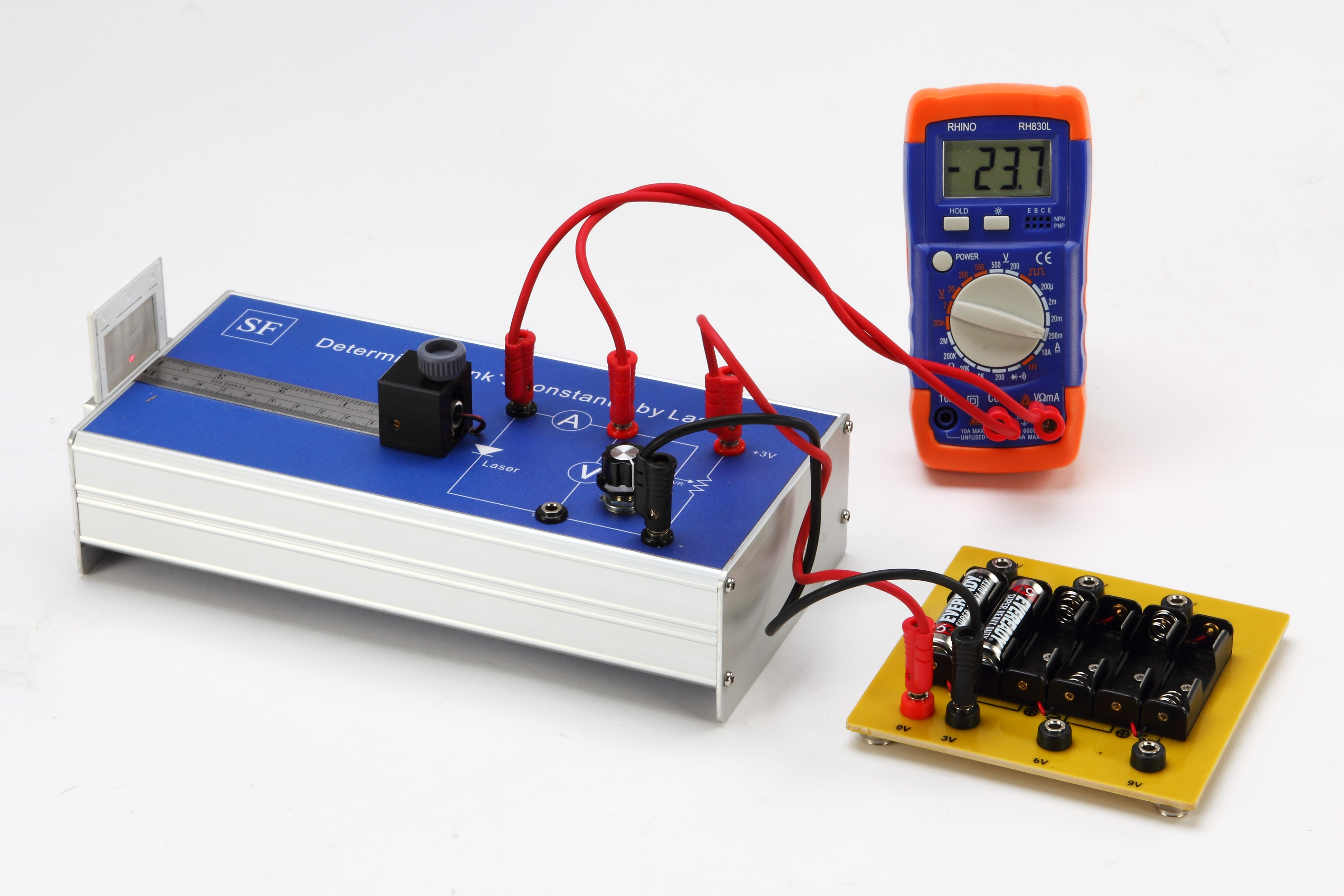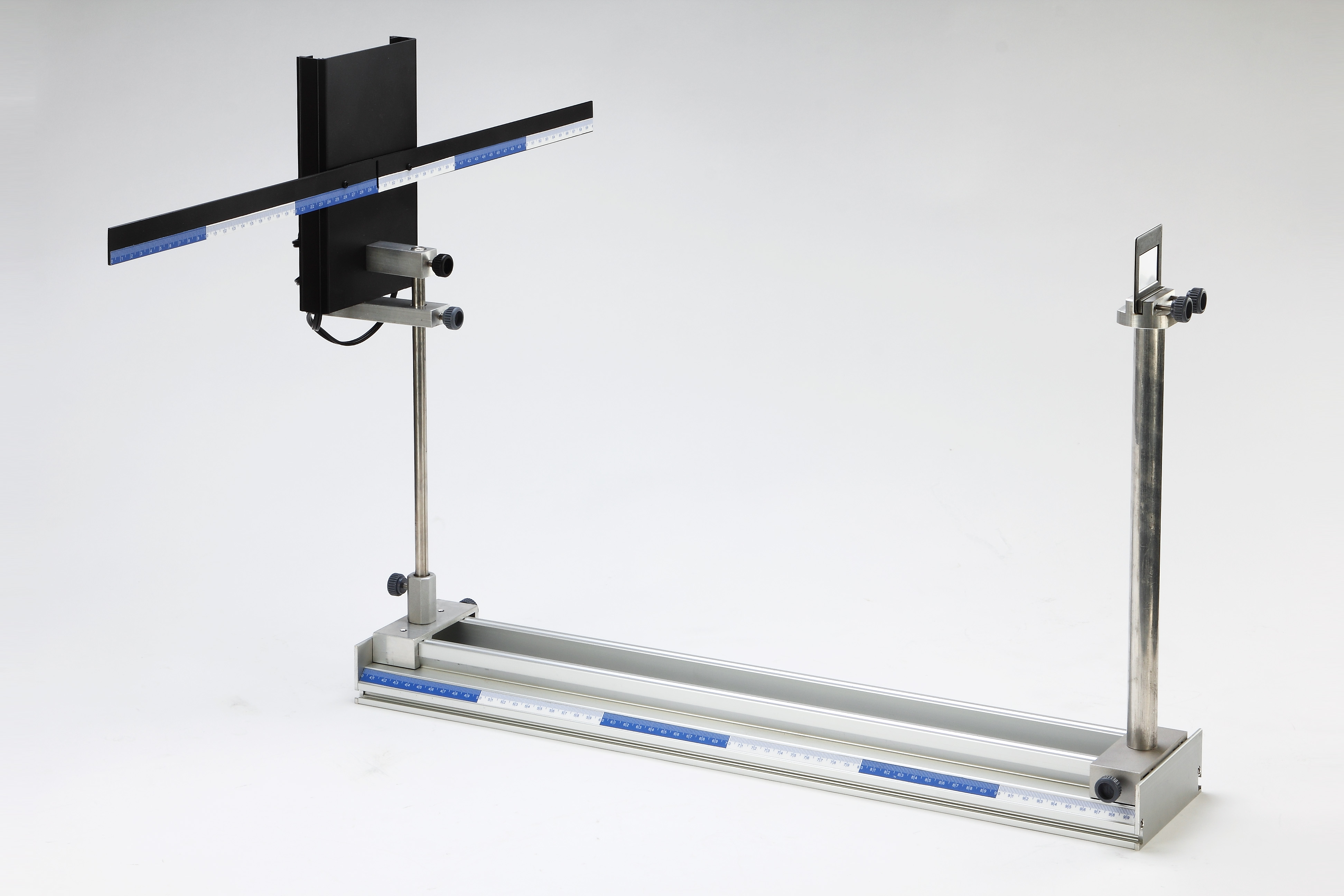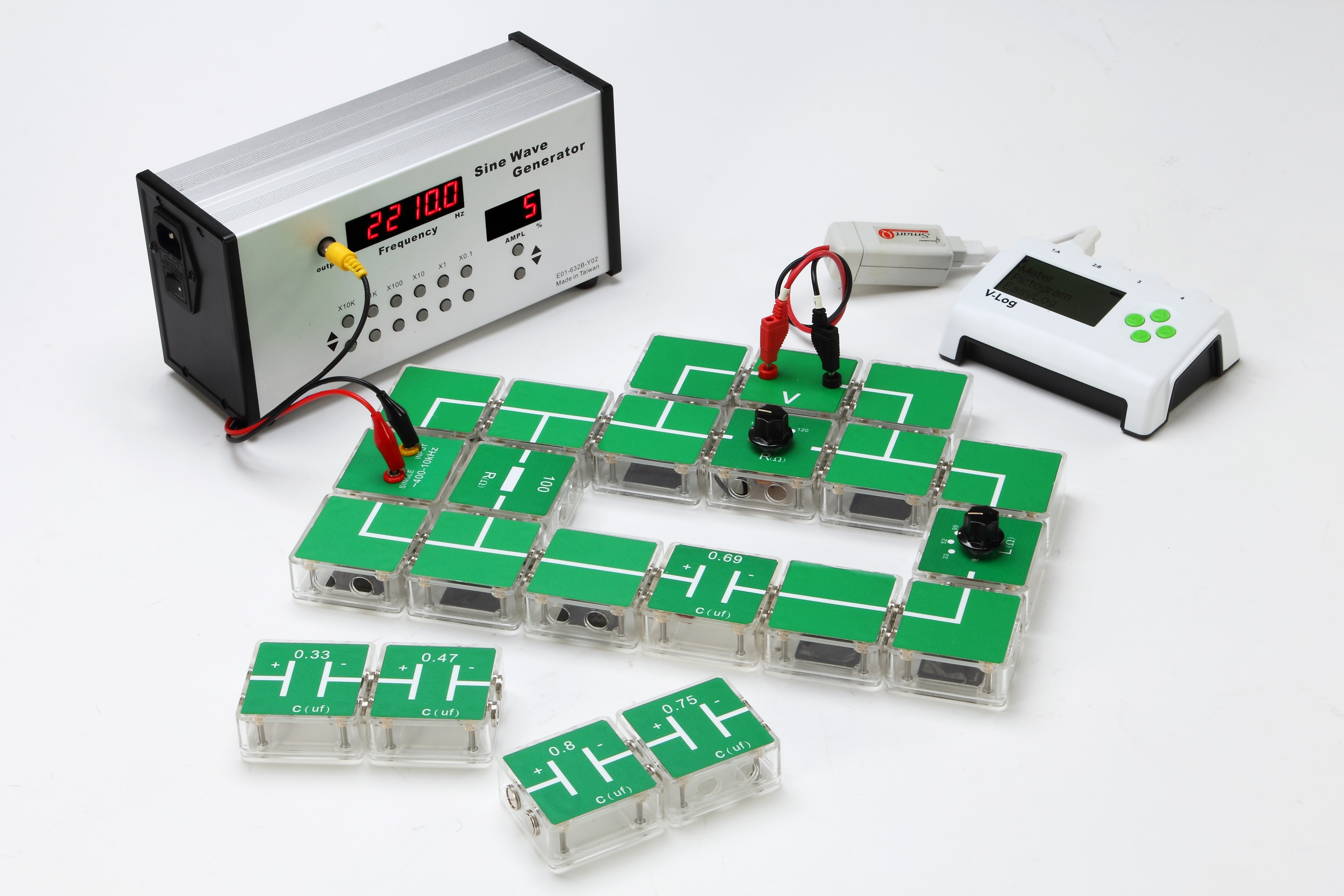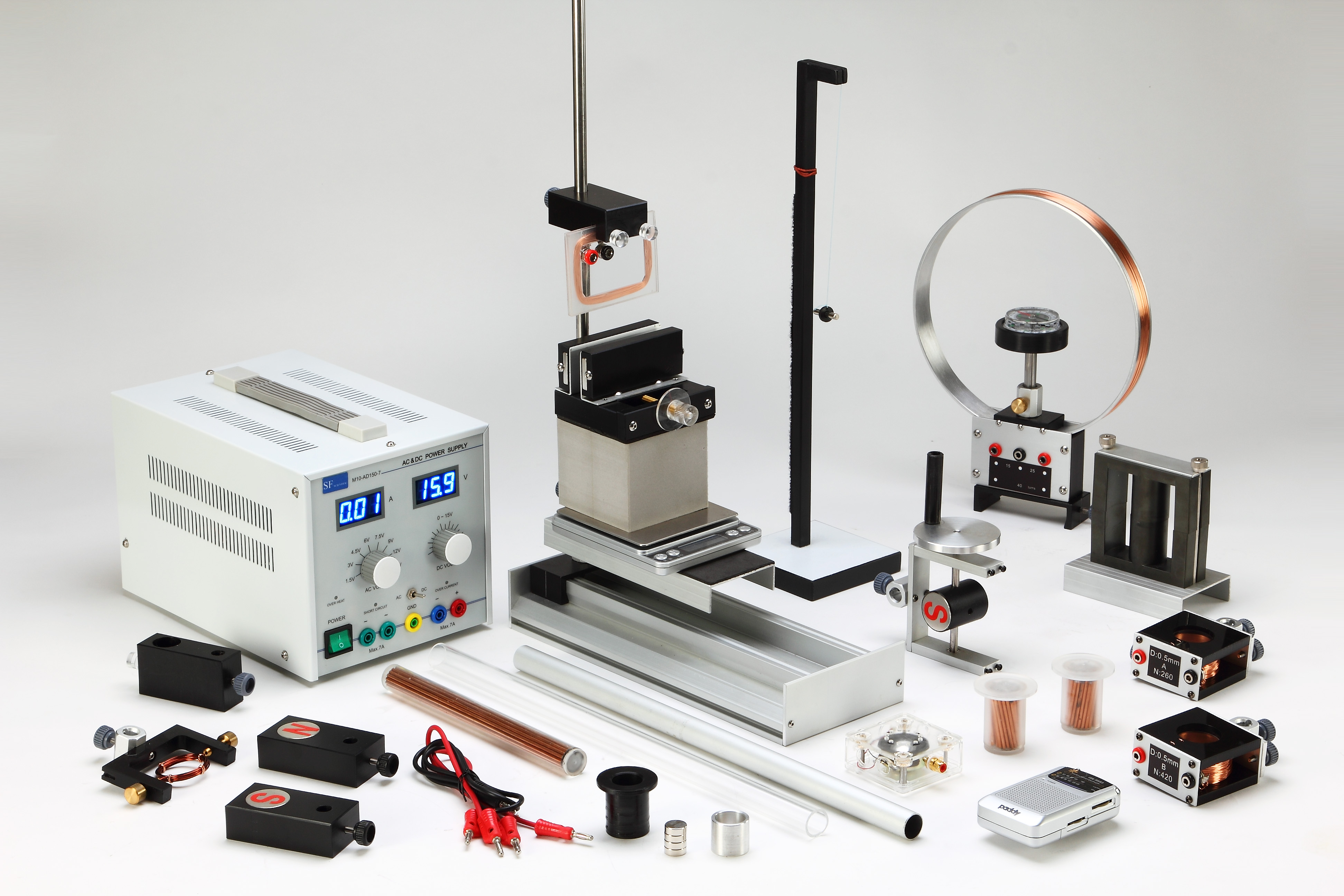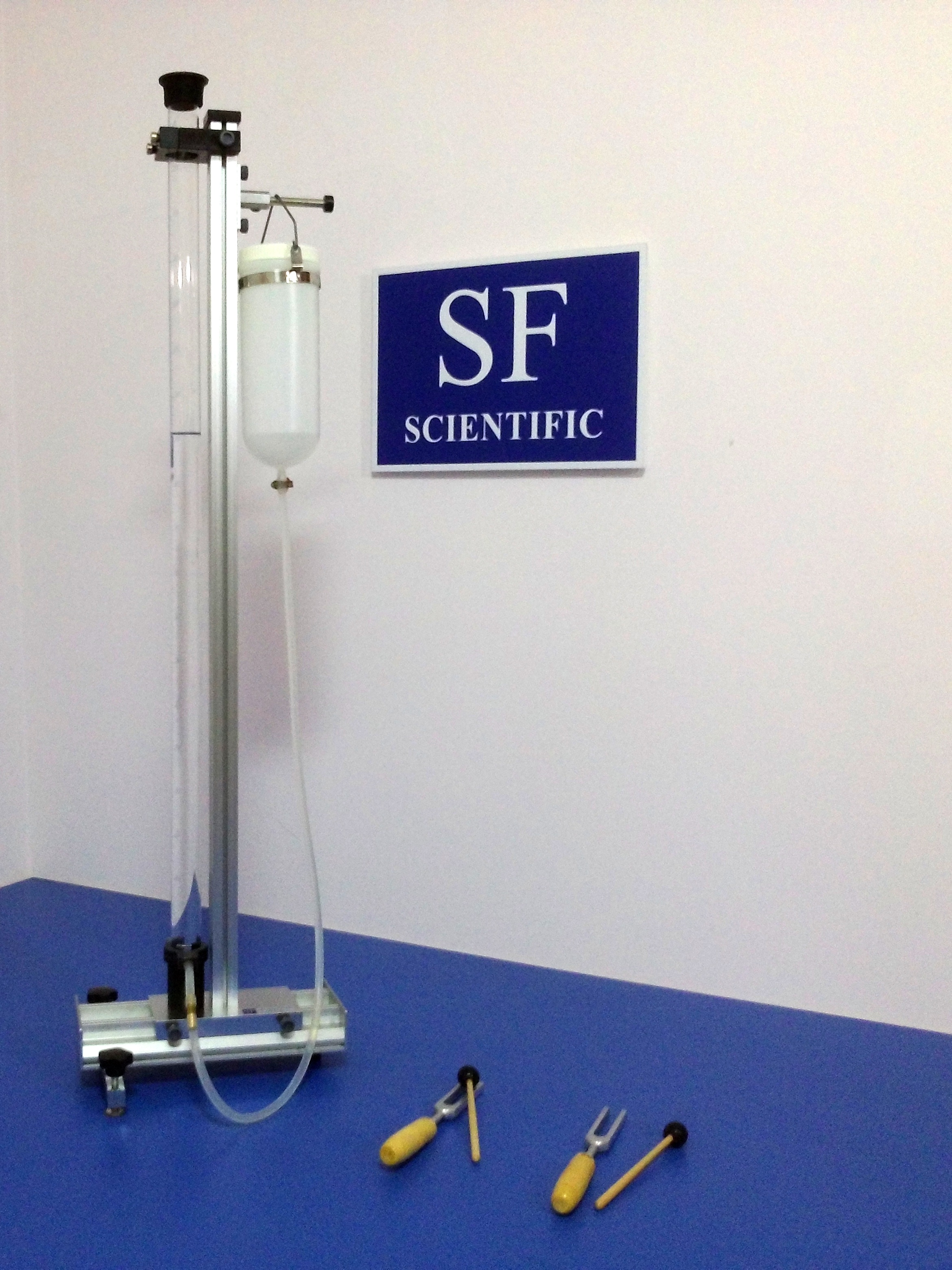
Resonance Apparatus
Item no.: F04a Description Use sonic to make standing wave in the air column, measuring the effective propagation velocity of sound or measuring with tuning fork. Equipment Resonant 1-1. Aluminum triangulum x1 1-2. Aluminum square-shape column: long 100cm base, plastic safety base. 1-3. Water tank: 1,000ml translucent safety plastic cup, 1m silicone tube, metal drain. 1-4. Resonance

